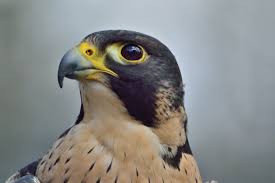How birds of prey are exposing a toxic time bomb
By Ida Emilie Steinmark | The Guardian | September 25, 2022

Read the full article by Ida Emilie Steinmark (The Guardian)
"Rui Lourenço first started collecting eagle-owl feathers because they were beautiful. Below the birds’ cliff-side nests in rural Portugal, he would find their shed feathers and bring them back to his ecology lab at the University of Évora. “It was just the typical curiosity of a naturalist,” he says. “Especially the flight feathers, they’re large, they’re soft, they have really interesting patterns.”
One day, a colleague asked if she could check them for toxic chemicals. As top predators, raptors’ concentration of chemicals is particularly high due to a phenomenon called biomagnification in which concentrations increase as you go up the food chain. This means that monitoring them can help reveal what substances are polluting the natural world. Lourenço now regularly sends feathers for analysis. “They work as an alert system not only for predators, but for the environment and humans,” he says.
And we need to be alerted. This year, a team of scientists warned that we had probably breached the planetary boundary for how much chemical pollution the Earth can handle and still remain a suitable home for human beings. Since the release of new chemicals now far outstrips our ability to test and regulate them, they argue, the situation is out of control."
Topics: